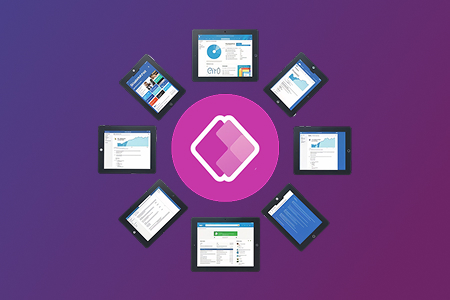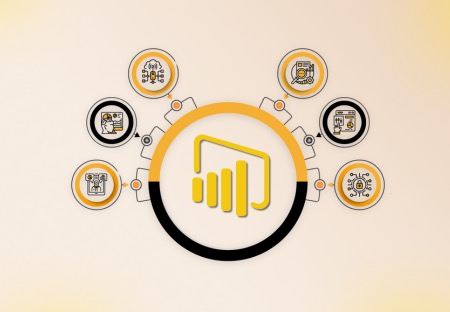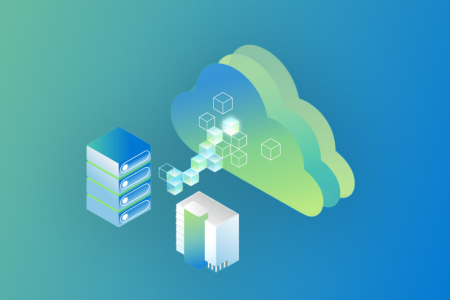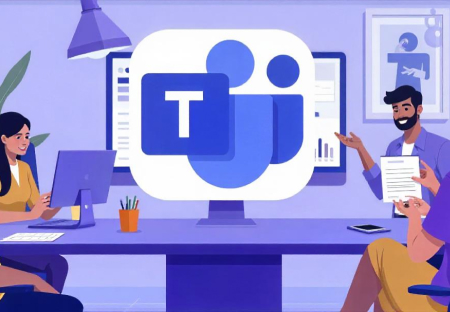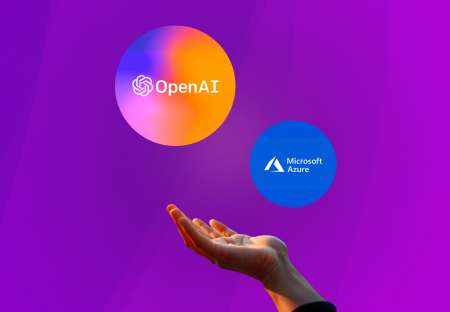By applying the DevSecOps collaborative development paradigm, organizations address development issues caused by a shortage of skilled cybersecurity employees (development, security, and operations). DevSecOps prioritize citizen developers’ tools and incorporate protection on a DevOps basis. We immediately integrate security into every stage of the development cycle, removing the security barrier that frequently stifles the productivity of the DevOps approach. Let’s learn more about how DevSecOps empowers citizen developers.
Creating a DevSecOps Framework
Developers have built, rewritten, and written DevSecOps frameworks multiple times since the inception of the concept. There’s no need to reinvent the wheel when it comes to constructing them, mainly because SAFE Code and the Cloud Security Alliance have already established six pillars:
Collective responsibility
Everyone in the organization is responsible for security, but people can only satisfy standards they understand. The organization should designate leads to drive cybersecurity policy and implement it throughout the company.
Collaboration and Integration
These are required since knowledge must be shared and conveyed. Half of the organizations adopt a legacy attitude because everyone who knew the prior system has left. Continuous knowledge exchange aids in the abolition of this problem.
Pragmatic Application
The developer experience is linked to pragmatic implementation. Complex, monotonous, and cumbersome processes are abandoned quickly. Security should be baked into development techniques, meaning every line of code should be accompanied by a string of test code. A high-performing organization would go further by automating each line of test code with a tool.
Compliance and Development
Compliance requirements should direct the development process in such a way that developers cannot diverge from them. For example, a developer for a financial institution might work on a platform meant to be Gramm-Leach-Bliley Act compliant. The developer does not need to understand the specifics of the legislation to be respectful because they are embedded into the venue.
Automation
Wherever feasible, developers should automate predictable, repeatable, and high-volume tasks to relieve themselves of the effort and limit the risk of human errors.
Monitor
Modern cloud systems evolve and change. It’s critical to maintain track of it — ideally, through orchestration that provides an instant overview of all the numerous relationships.
These pillars are more complex than they appear in a low- or no-code environment. People who use these products are frequently business professionals who need to become more familiar with DevSecOps basics.
Segments Where DevSecOps Empowers Citizen Developers
The adoption of low-code and no-code platforms can aid in the closing of this skills gap. Employees desire to improve their abilities. Enterprises may help by implementing a DevSecOps strategy focusing on people, processes, and technology.
Processes
Low-code and no-code developers cannot create connections that threaten system integrity in a zero-trust environment. Outside of their local system, they have no essential authority.
People
An accountability culture differs from a blame culture. Individuals feel safe coming forward with a problem or error when there is accountability since the attention is on the issue, not the person.
Technology
Because it is out of the developers’ hands, technology is the single most significant impediment to successful DevSecOps deployment. They must take advantage of the resources provided by the organization. If that technology fails, developers will devise neither secure nor safe solutions. Essentially, the technology transforms into a massive shadow IT generator.
Benefits of Empowering Citizen Developers
Here are some ideas for empowering your developers with DevSecOps
1- Developers typically rely on other teams for security and testing, which may be time-consuming. Security risks and vulnerabilities can exist in software, and security analysts or Site Reliability Engineering (SRE) teams are typically tasked to handle software-related security choices. This results in a highly granular solution for software security vulnerabilities. DevSecOps act as extra pair of eyes from developers that can always help with safeguarding the program at the right moment.
2- The greatest security technology isn’t necessarily the best solution for well-managed DevSecOps procedures. It may also be ineffectual if developers are unable to use it (in case the developers oversee security decisions). As a result, developers are familiar with security technologies in order to efficiently generate a quality and safe software product with fewer dependencies.
3- Encourage your developers to automate security testing whenever feasible since it aids in the security of products that move to production regularly (even several times each day), in other words, if you practice continuous deployment.
4- Encourage your developers and teams to do security testing from the beginning of the SDLC. This will aid in the early discovery of security flaws and protect the final software product from security flaws.
Final Words!
There are a number of ways in which DevSecOps can empower citizen developers. So, are you ready to implement DevSecOps? Connect with Metaorange.
LEARN MORE: DevOps Services Of Metaorange Digital.




